Ironwork
Metallic structural elements
Grilles – Balcony Railings
Wrought-iron grilles and balcony railings are an important part of metalwork.
Grilles are used as an architectural fixture for securing apertures in both town and country. In rural houses, the grilles cover the windows of the ground floor and the bedroom on the upper floor. In town houses, however, they are also used to protect the fanlight of the main door.
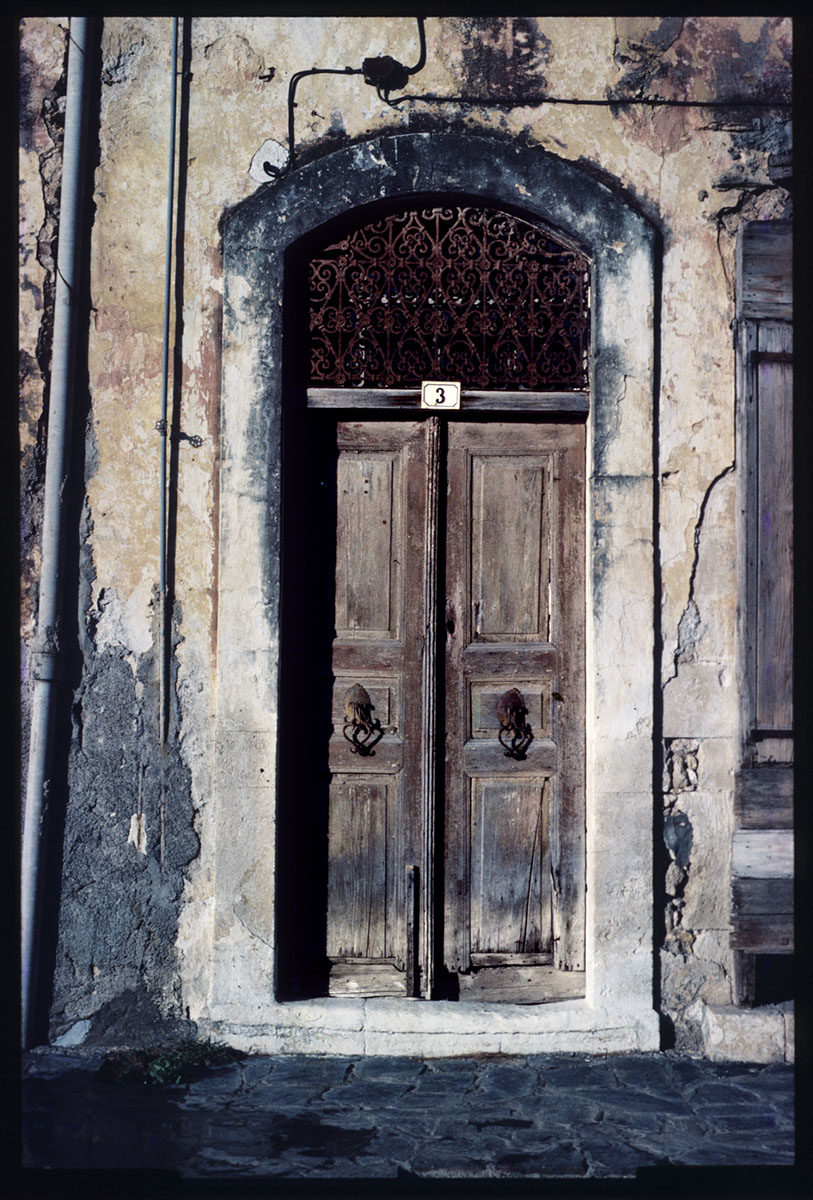
The type of grille found throughout Crete is a simple grid of horizontal and vertical iron bars. The horizontal bars are inserted in corresponding holes in the vertical bars, made by iron pokers (perastes) heated in the forge.
The wrought-iron grille as an architectural element is influenced by contemporary architectural trends. It was thus originally included in the building as an practical necessity, shaped and finally evolved into a composition. During the Venetian occupation, for example, when the Renaissance style predominated in urban architecture, house apertures became very large and therefore required protection. High-ceilinged rooms needed to be ventilated and lit, so the grille secured the windows when the shutters were open.
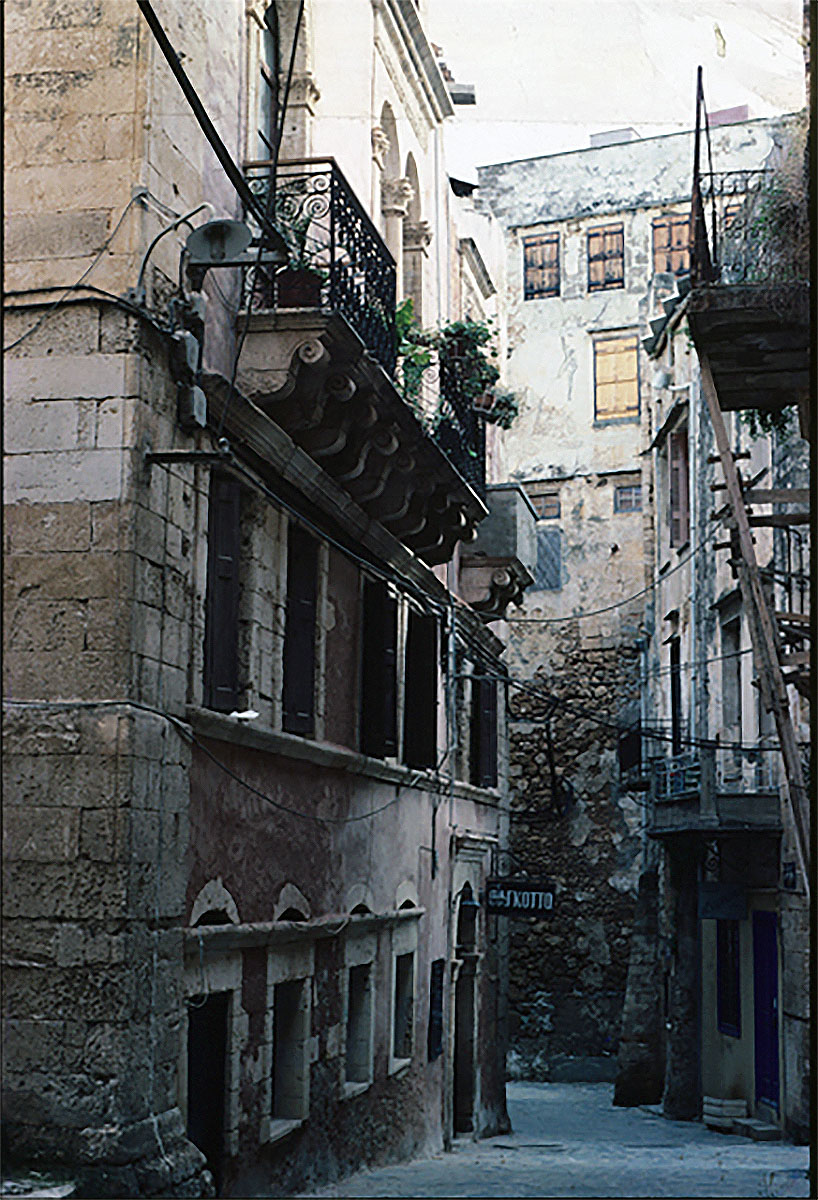
An important representative example of a wrought-iron grille is that which protects the fanlight of the front door. These grilles not only secure the opening, allowing light and air to pass into high-ceilinged, windowless rooms, but also provide an architectural solution to the shape of the opening and the house front in general. The height of the front door is almost triple its width, making such a door, of whatever material it is made, awkward and ugly. The wrought-iron grille, used as a crowning piece, always constitutes a unique feature of each house.
Elaborate wrought-iron grilles (their components nailed and attached to each other) bear dates up to circa 1850 on the upper section, as part of the design. They would certainly have been replaced periodically on Renaissance urban buildings, as iron has a limited life, particularly in coastal areas where it is subject to rust. The simpler grilles were replaced by more elaborate ones, which were doubtless at least influenced by Renaissance architectural motifs introduced to the island by the Venetians. Ordinary grilles are also found, even over circular openings. The holes for the vertical and horizontal bars can still be seen in the stone casings of ruined or renovated buildings.
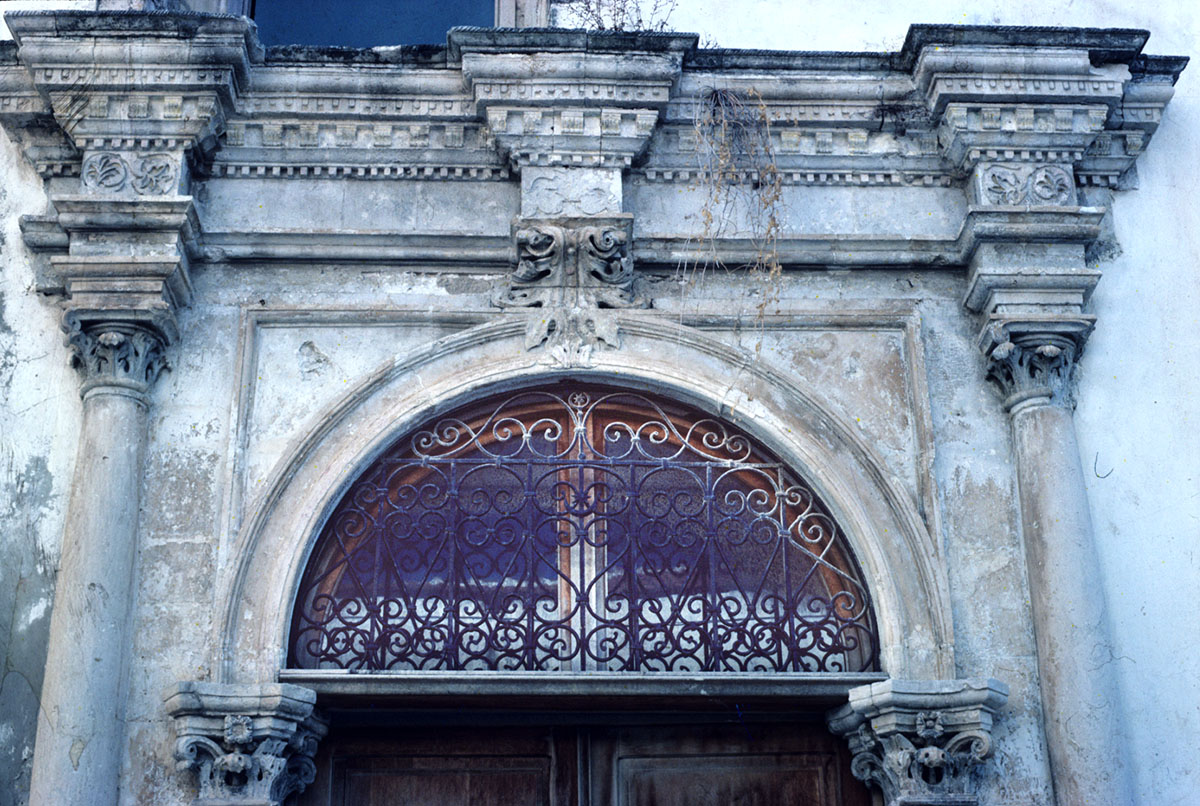
Although elaborate wrought-iron grilles only appeared in the 19th century, their conception is completely different in Rethymnon and Chania (towns whose historical centres boast a rich variety of grilles). Apart from the difference in shape – in Chania the grille is usually semi-circular, whereas in Rethymnon it is gently arched or rectangular – they are also different in composition.
Here we must refer once more to the local artisan, the creator who, inspired by the past, adds his own personal touch to the object he makes. However, as the difference lies between two towns and it is inconceivable that there would have been only one smith in each, it is probable that this sector goes back further than 100-150 years and that favourite themes and motifs were passed on from one craftsman to the next. Their forebears were part of the same process of transmission of the art of metalwork in general.
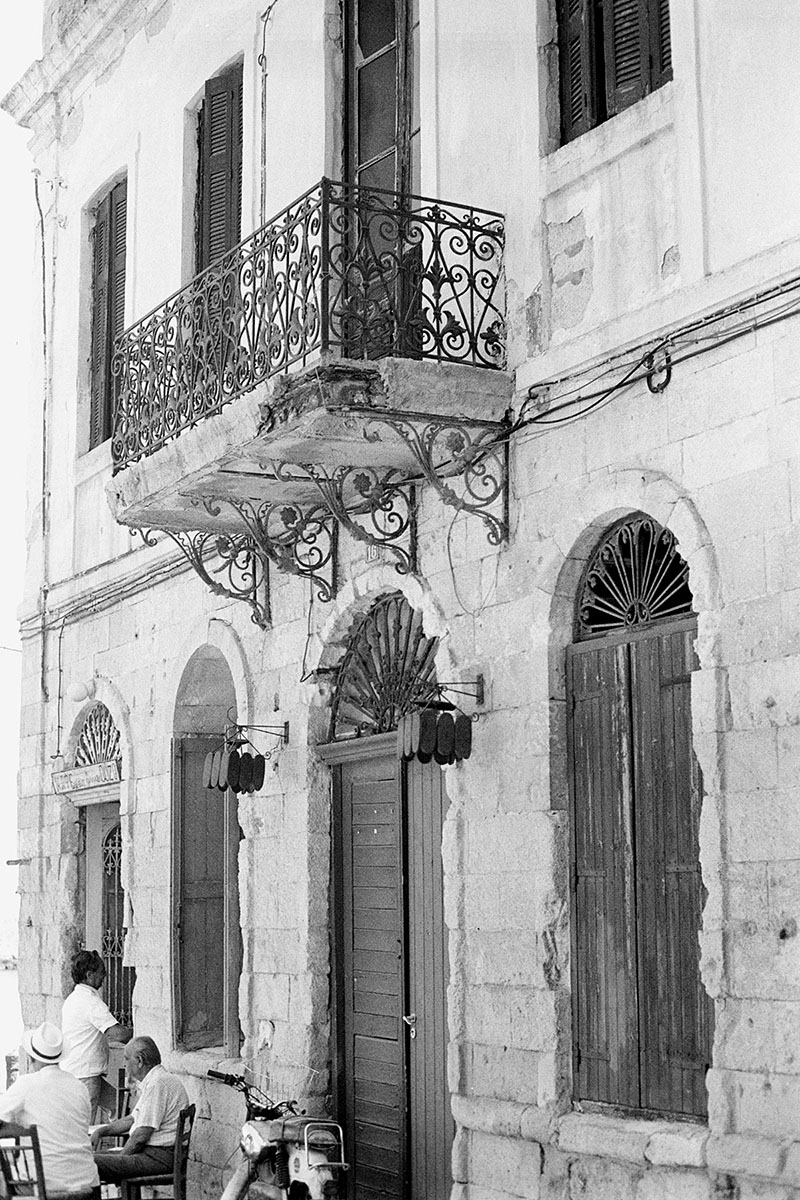
If we were to accept that elaborate wrought-iron grilles were only introduced in the Neoclassical period, there would be significant similarities between the two towns. Such, in fact, is the case with the grilles and balcony railings of the Neoclassical period in the towns of Chania, Rethymnon and even Athens.
The semi-circular wrought-iron grilles of buildings in the old town of Chania are fan-shaped or incorporate spirals and other motifs based on the circle. In Rethymnon, the grilles are densely “embroidered”. The favourite motifs are spirals and hearts. The various designs are repeated in harmonious patterns with truly astonishing results. A distinctive feature is the use of iron bars which are rectangular in section when the smaller surface forms the front of the grille.
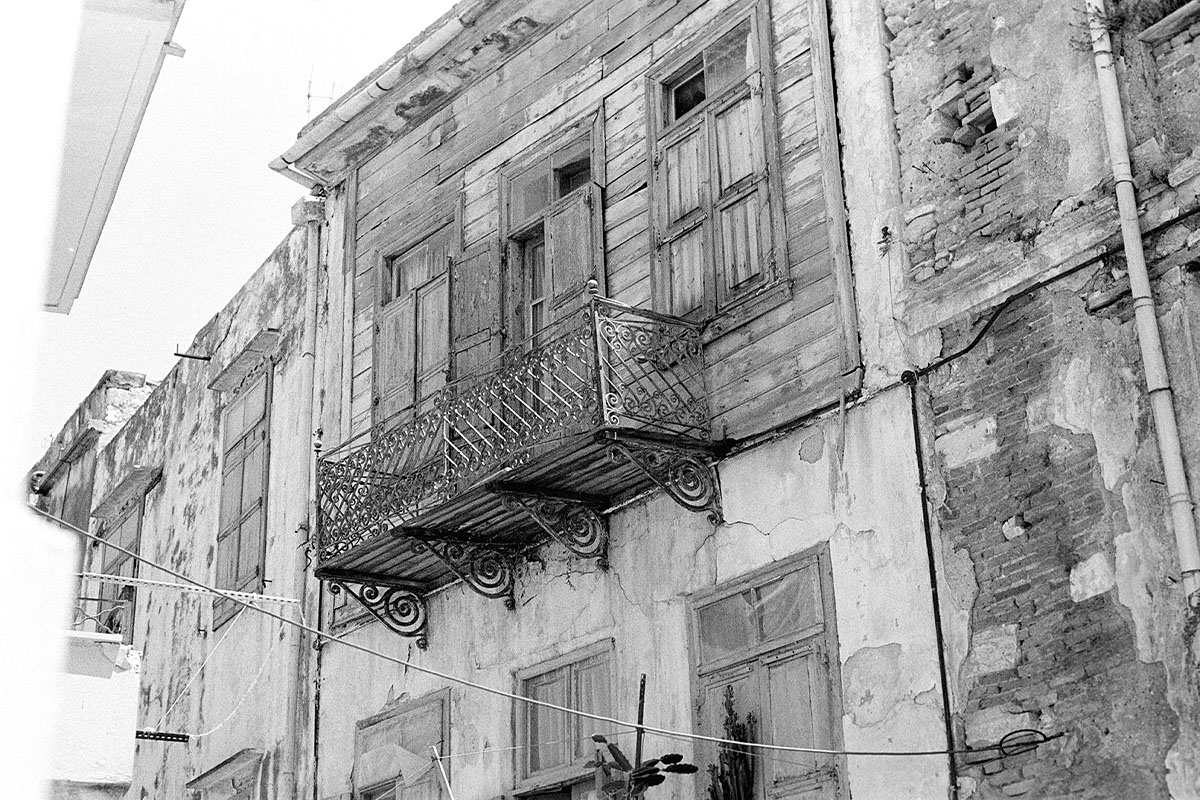
Another type of wrought ironwork is the balcony railing, especially in Chania and Rethymnon where the balcony is a feature of many buildings. Renaissance balcony designs are hard to determine, but they probably had iron railings.
Wrought-iron grilles and balcony railings are produced in the same way. The red-hot iron is poured into various moulds to gain the desired shape. The motifs are riveted on or riveted to each other with small cross-pieces of iron of the same section, which are used for the whole structure. The bars are then heated again and hammered onto the iron frame. Iron of different cross-sections is sometimes used in the same structure.
Wrought-iron grilles and balcony railings, whether early or replaced during the Neoclassical period, were produced by local smiths who learnt the art from their forebears. However much each craft is influenced by contemporary trends, the craftsmanship and imagination of the artisan remain.
Similar wrought-iron grilles are found on Renaissance and Classicist buildings in many Italian towns.
